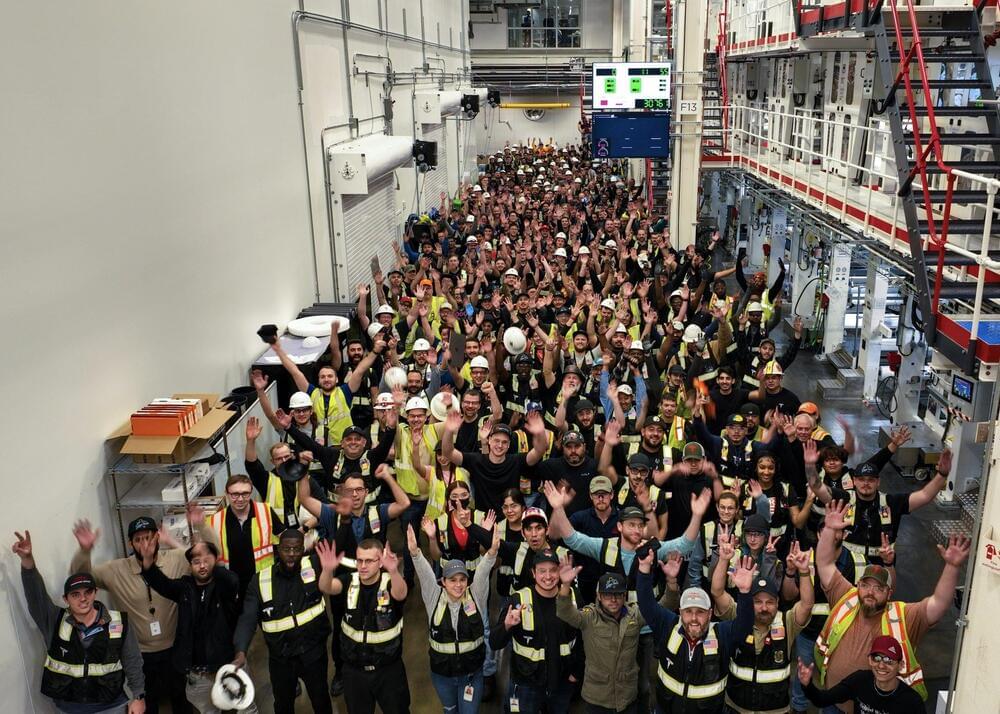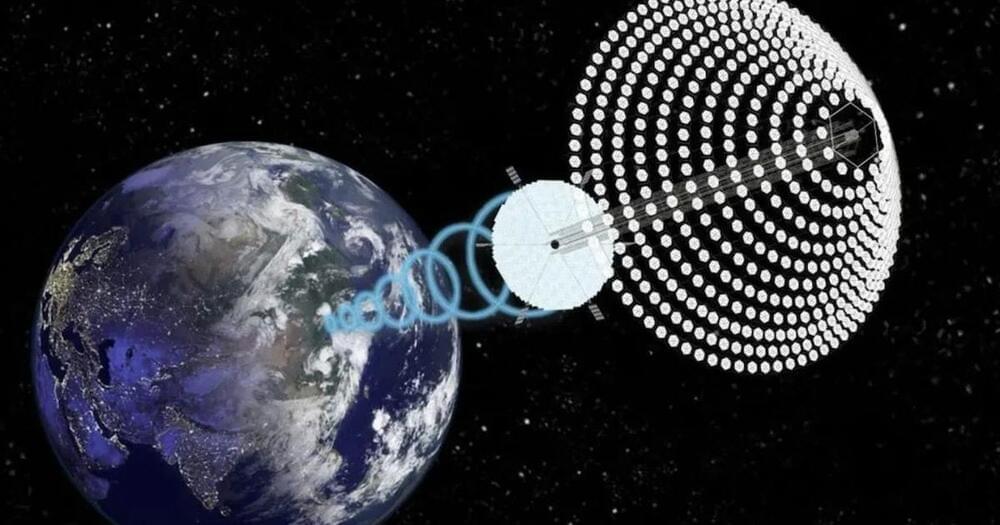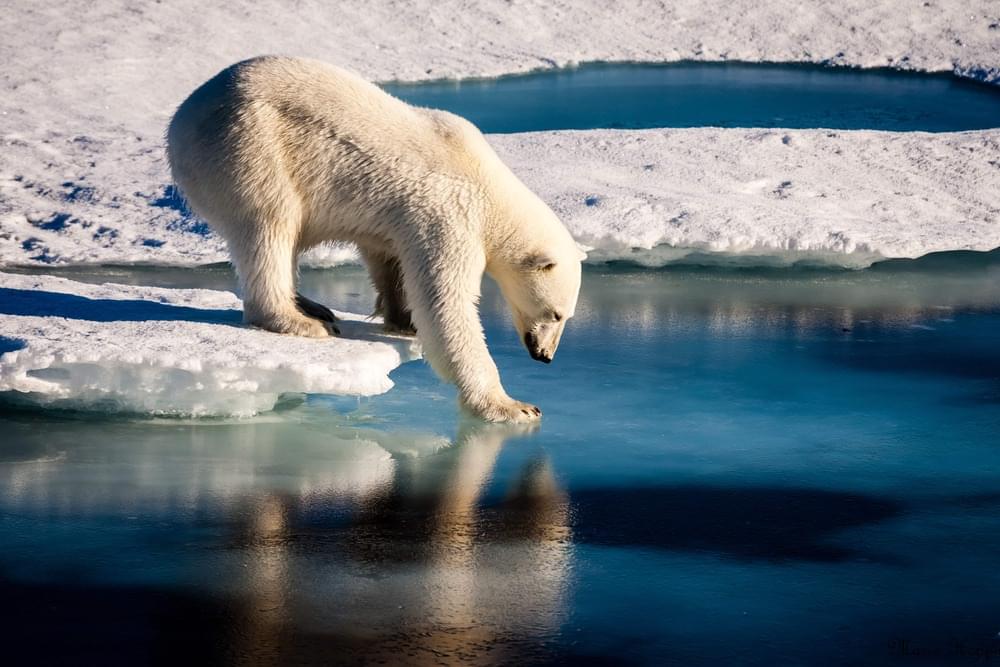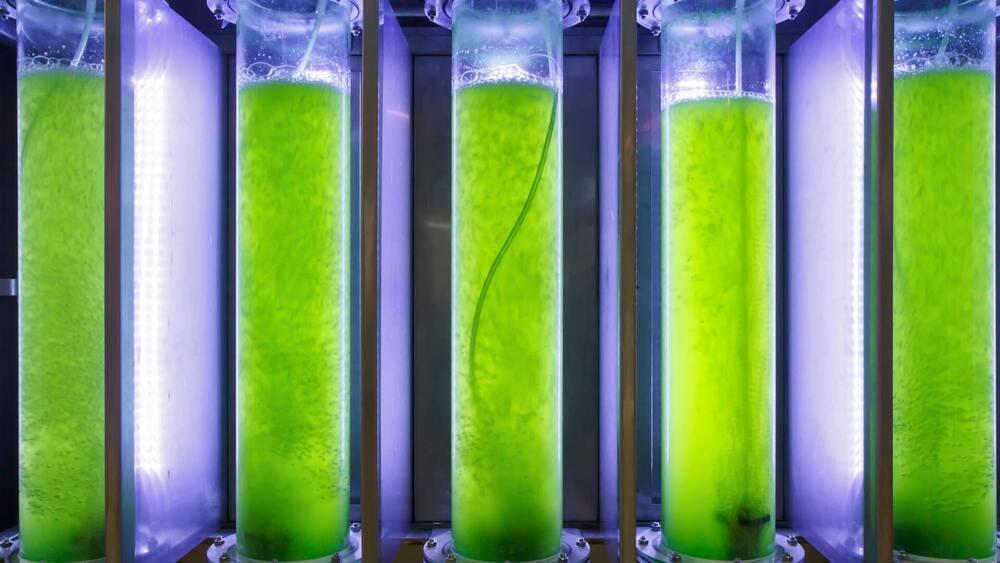It appears that Tesla’s 4,680 battery cell production line is hitting its rhythm. As recently announced by the company, its 4,680 team has managed to build 868,000 cells in the last seven days. That’s roughly equal to the battery packs of over 1,000 electric vehicles.
Tesla announced the milestone on its official Twitter account. The EV maker highlighted its appreciation for its 4,680 team in its post, while also including a couple of photos of the teams behind the milestone. “Congrats to the 4,680 cell team on achieving 868k cells built in the last 7 days—equal to 1k+ cars!” Tesla wrote.
While producing enough cells for over 1,000 electric cars may seem like a minor achievement considering the scale of Tesla’s overall operations, the accomplishment was likely achieved with just the company’s initial 4,680 production lines. Tesla currently produces 4,680 cells in its pilot line at Kato Road, close to the Fremont Factory. Giga Texas also has a 4,680 line.






